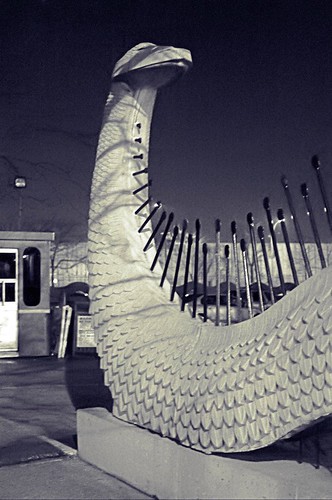
The City Museum is the brainchild of Bob Cassilly, an artist who graduated from Fontbonne University. The museum opened in 1998 and occupies the former warehouse and offices of the International Shoe Company, located in the old garment district of downtown Saint Louis, Missouri. Bob and his crew of craftsmen have been busy ever since, expanding and elaborating the museum, as well as working on other projects.
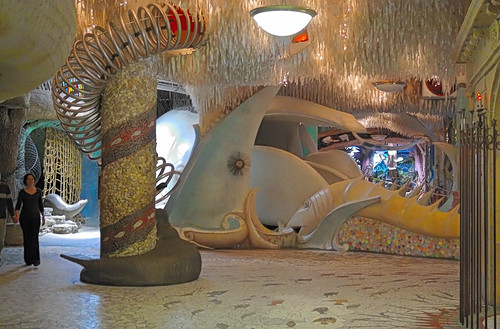
Sculptures of fantastic creatures populate the museum.
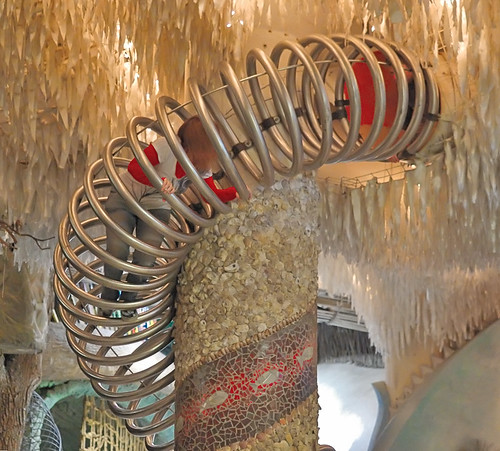
Tunnels and crawlways are found around the museum, as seen here.
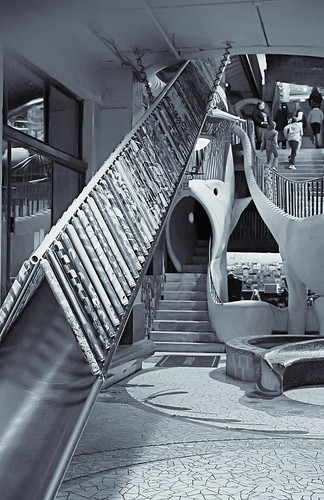
Most everything here can be crawled into and explored. The object to the left is one of many slides.
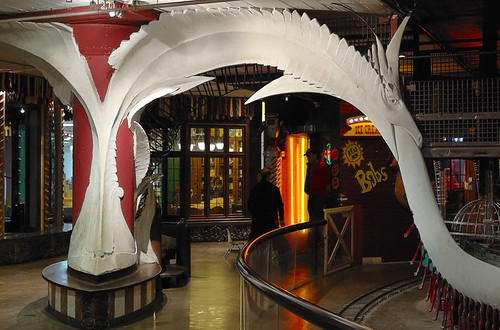
The English word ‘museum’ derives from the ancient Greek μουσαιον ‘mousaion’, via the Latin musaeum, meaning a shrine to the Muses. According to the religion of the pagan Greeks, the Muses were spirits who provided artistic inspiration, and this is where we also get our word ‘music’. Enlightenment thinkers looked back to the pagan past, and created the modern museum in imitation of these ancient shrines, displaying objects of art which are subject to inspiration of some sort or another.
Many modern museums are intellectually interesting, but are often boring; the City Museum shows little apparent logic or reason, yet offers excitement. However, the very earliest of museums and “cabinets of curiosities” combined scholarly study with amazing wonders, and also had a religious role. In particular, a grand church ought to be a ‘museum’ in the truest pre-modern sense.
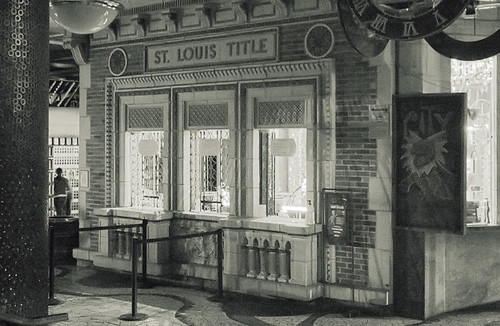
The box office where you buy tickets. Basic admission is $10. This structure, like many here, is made up of discarded architectural elements.
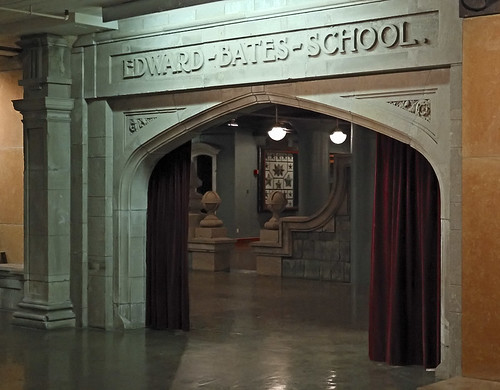
More discarded architectural material, here from a school once found in north Saint Louis.
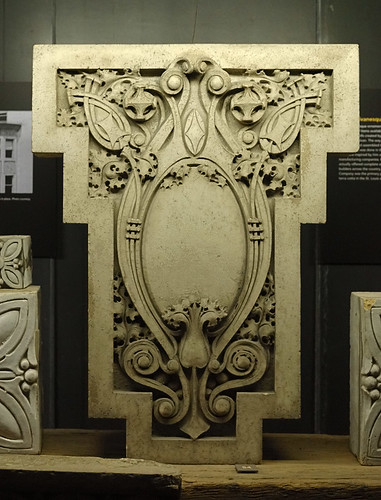
Architectural ornament either by Louis Sullivan, or inspired by him.
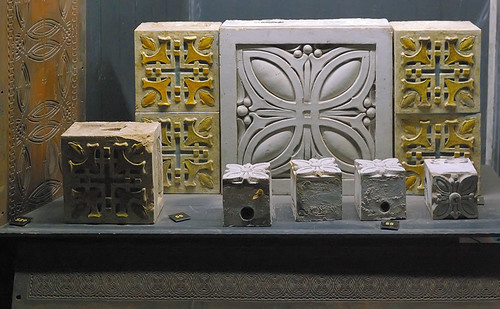
More Sullivanesque ornament.
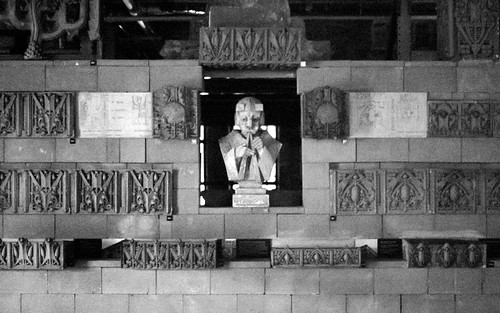
On Friday nights, many of the lights in the museum are turned off, making these areas more interesting to explore, but more difficult for photography. When it is dark, the light amplification in the camera adds so much noise to the colors that I convert to black and white.
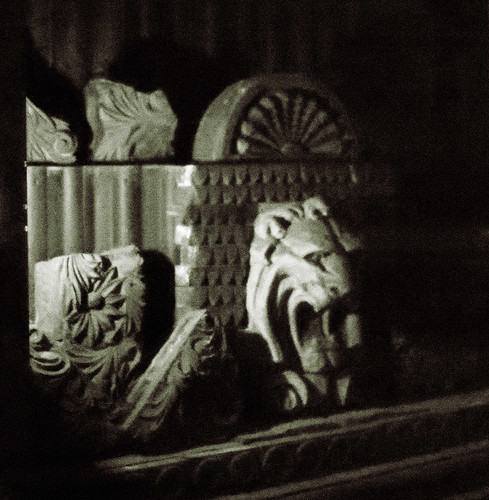
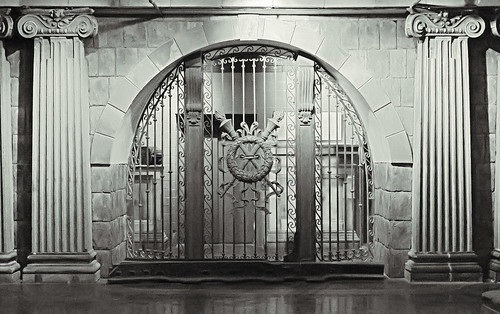

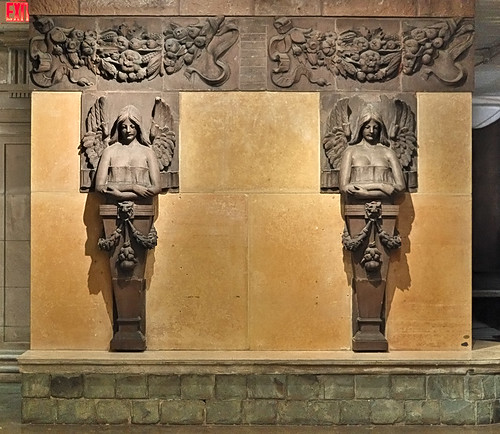
More classical ornament.
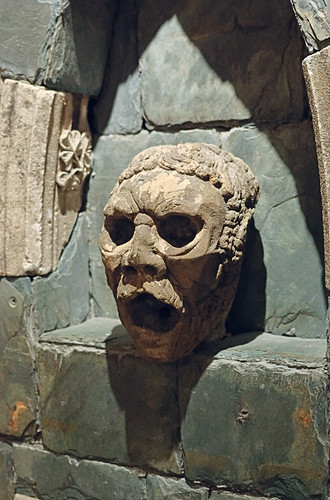
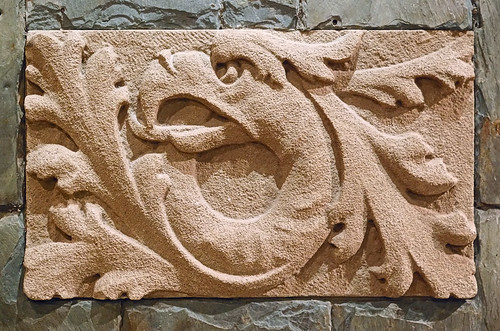
Gothic-inspired ornament.
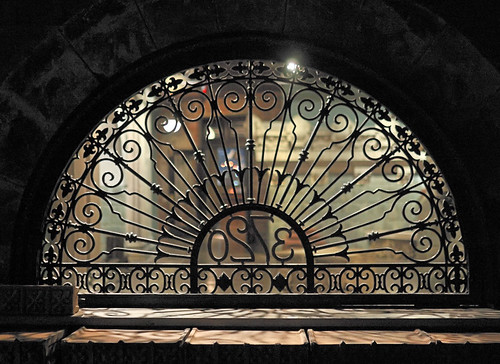

A tunnel under the floor. The width of this pathway is less than 2 feet, which is too narrow for my shoulders; it is also only about 4 feet high, although it considerably narrows in height in the middle as this photo shows. Despite my best judgement, I crawled through it anyway, just so I could get this photo.
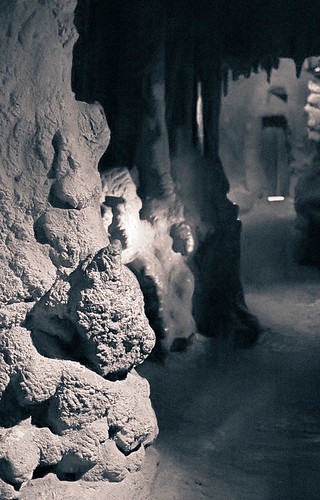
Artificial caverns offer more opportunity to explore in the darkness. I would recommend wearing very sturdy clothing that can withstand the friction against the rough surfaces.
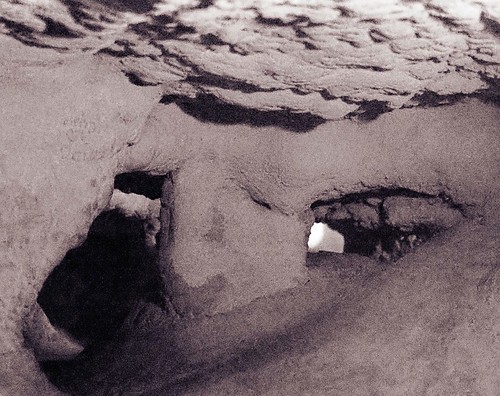
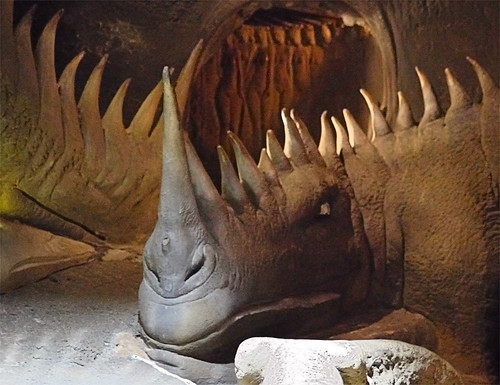
More fantastical beasts.
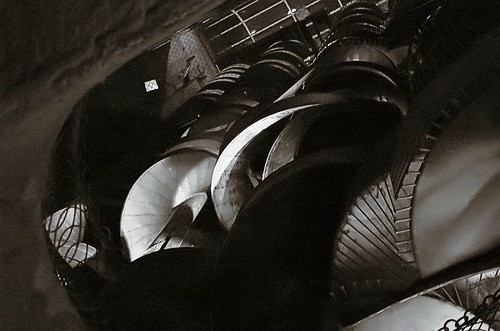
A dizzying view looking up many stories. Those are helical staircases going up — and slides going back down again.
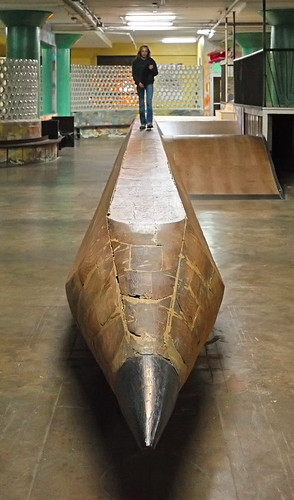
A giant pencil.
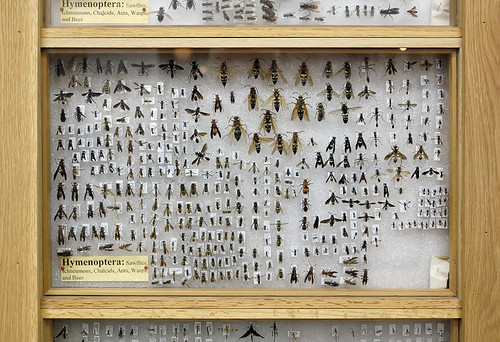
A small part of an insect collection.
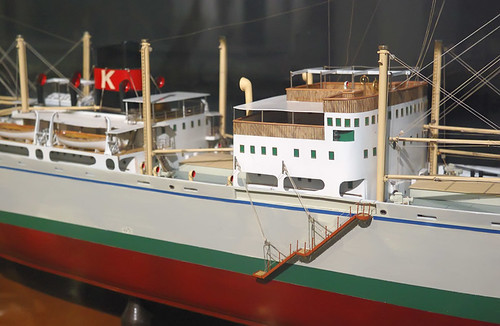
Ship model.
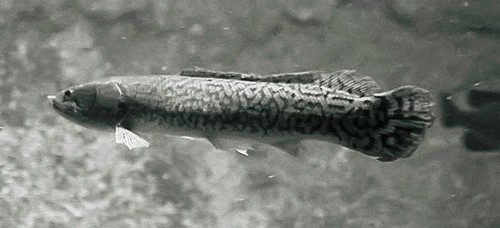
The museum also features large fish tanks.
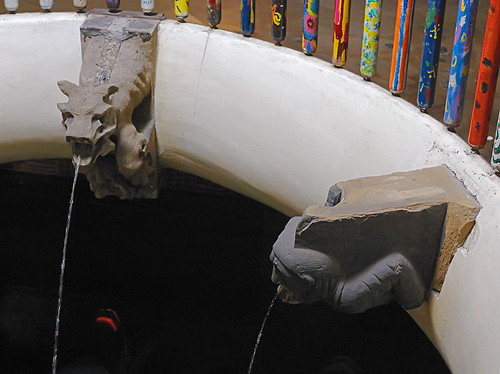
Gargoyles.
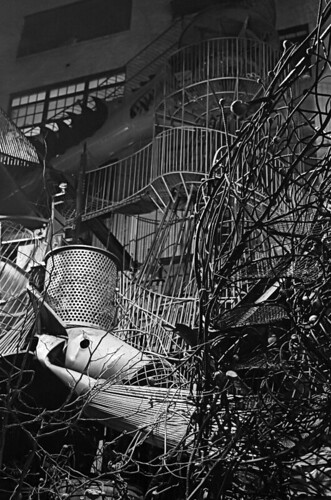
Outside of the museum building is a large collection that may be best described as industrial scrap welded together into structures that allow visitors to climb around inside of them. Although disordered and chaotic, these structures are strongly welded, as even postmodernism has its limits.
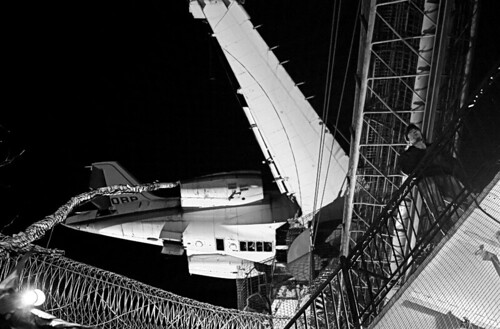
An aircraft is perched atop a column. Visitors, with some effort, can climb up into the fuselage via precariously suspended tubes of welded metal.
This museum has many dangers to unwary explorers. There are guards here, although you might not notice them.
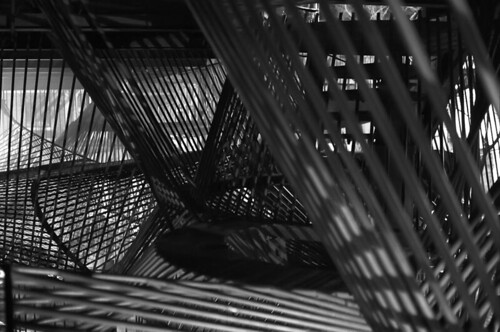
Another structure to explore. It was a cold night, and bare skin against cold metal was tolerable for short periods only.
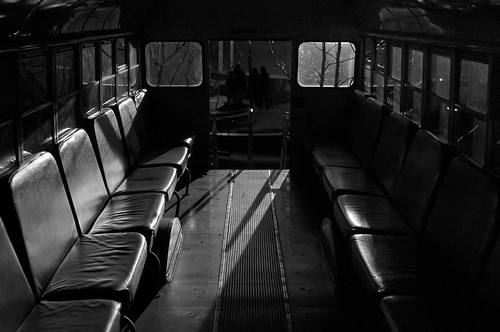
Interior of a school bus, perched on the edge of the building.
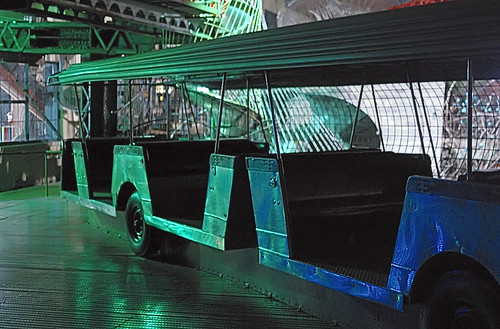
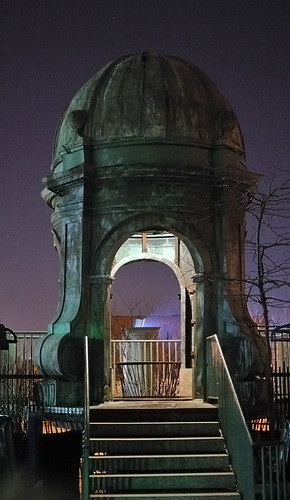
A copper neo-classical dome once graced the top of a building.
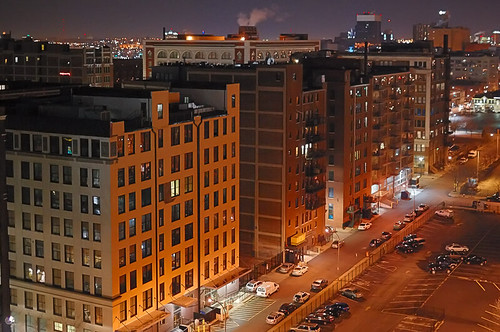
View from the rooftop, looking to the southwest.
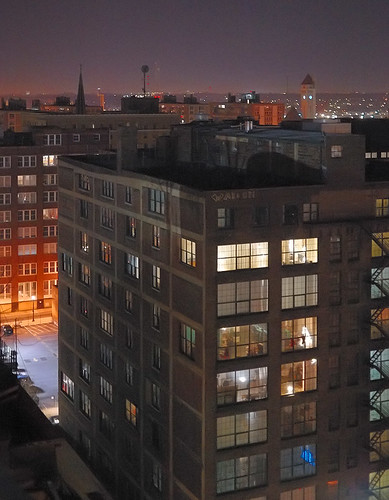
Another view, showing recently-developed loft apartments in former industrial buildings.
http://www.citymuseum.org


Beautiful photos! I love the city museum - and it's fun for all ages... I'd be careful with the little ones, though.
ReplyDelete